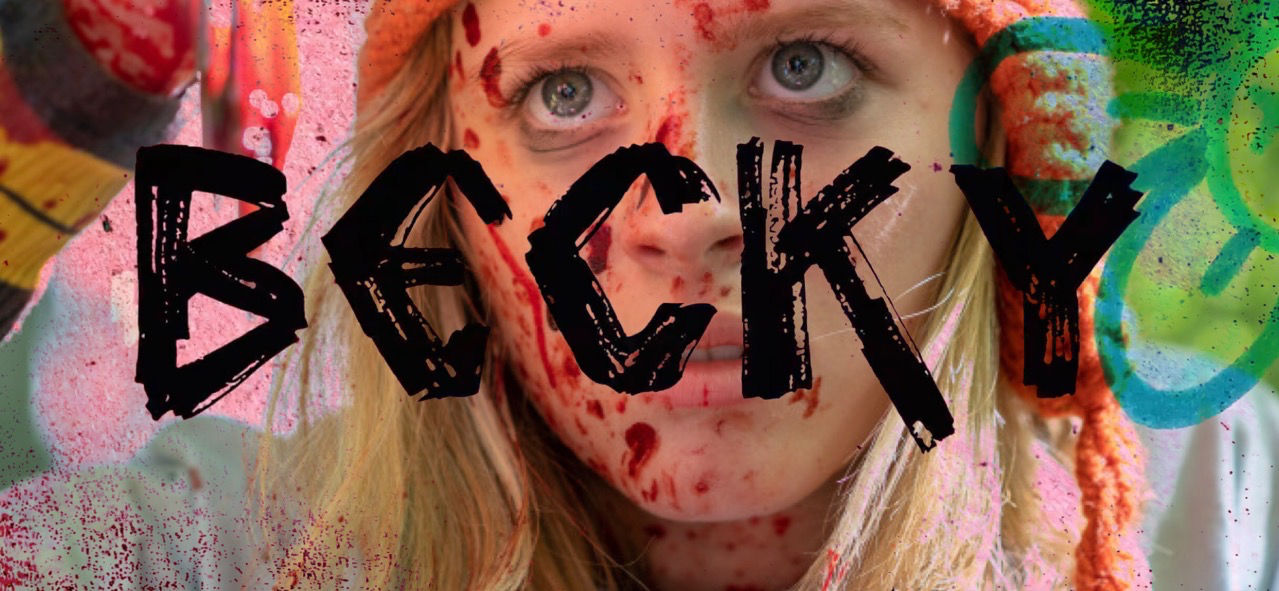Papicha
by George Wolf
Though it carries the mantle of “inspired by true events,” Papicha works best on metaphorical levels. In her feature debut, director and co-writer Mounia Meddour profiles young women who lean on their friendships amid growing oppression in their homeland, skillfully revealing themes of identity and freedom in the process.
Lyna Khoudri is positively electric as Nedjma (aka “Papicha”), a university student in late 1990s Algeria. Her passion is fashion design, which is in sharp contrast to the extremists who demand that females cover up and submit to archaic methods of control.
As terrorists gain more leverage in the Algerian civil war and the dangers of resistance become more stark, Nedjma is determined to unite her fellow classmates in brave defiance. They will stage a forbidden fashion show, taking the fabric from their required haiks and reworking it for beautifully revealing new designs.
Meddour logically paces the growing passion for the show alongside the increasing threat from religious extremists. As the creeping march of oppression comes closer, Nedjma’s talent as a designer, and as an organizer, becomes an obvious (but effective) metaphor for the women struggling to retain any measure of control over their own bodies.
This layer of “defiant art” may bring to mind various other films – most recently And Then We Danced from last year – as will Meddour’s thoughtful treatment of female friendships under religious thumbs (The Magdalene Sisters). But even in the film’s most familiar moments, Khoudri’s wounded ferocity is always there to give Papicha it’s own sharply resonant edge.
The third act brings a sudden and unexpected tonal change, one that teeters on obscuring a loving and graceful narrative. But what you’ll ultimately take away from Papicha is how it finds intimacy in waves of social change, revealing moments of helpless joy in the fight against them.














